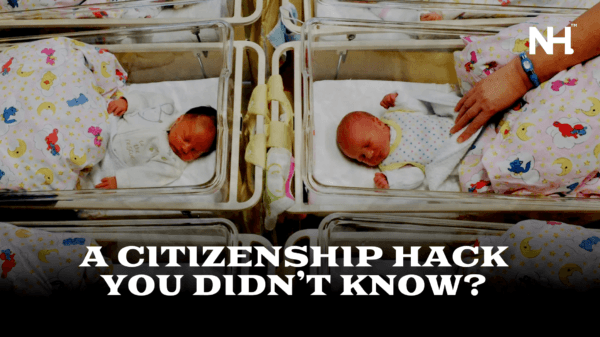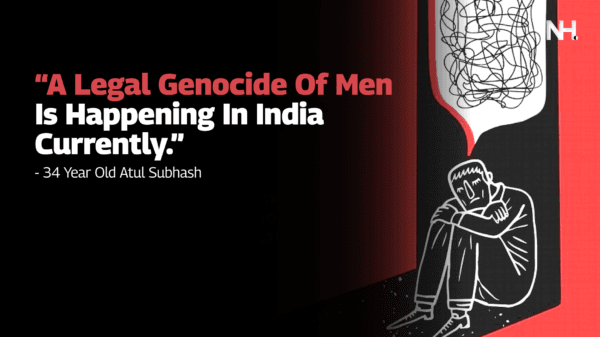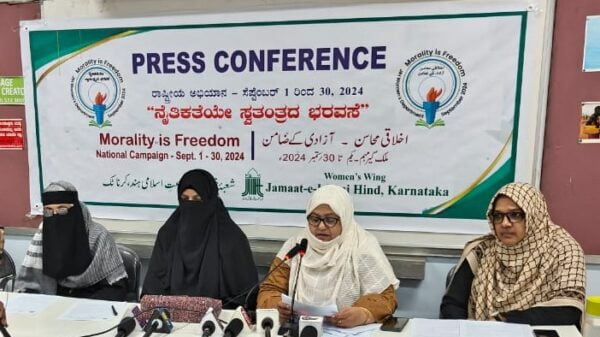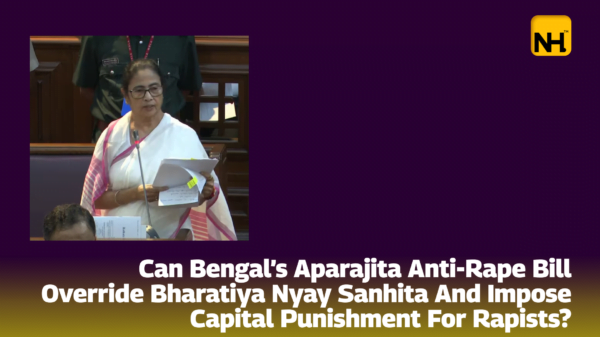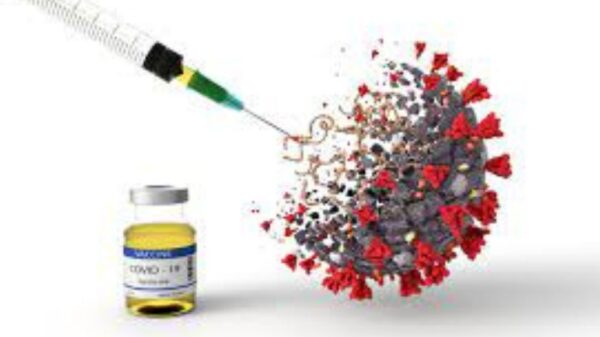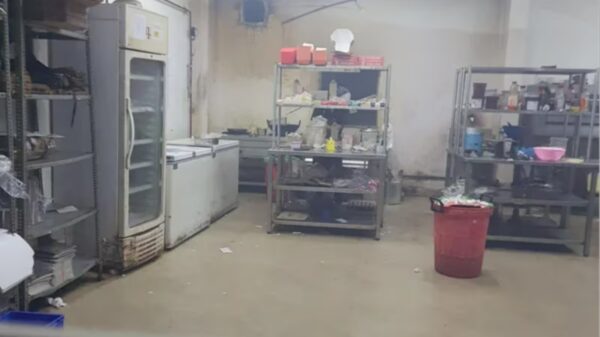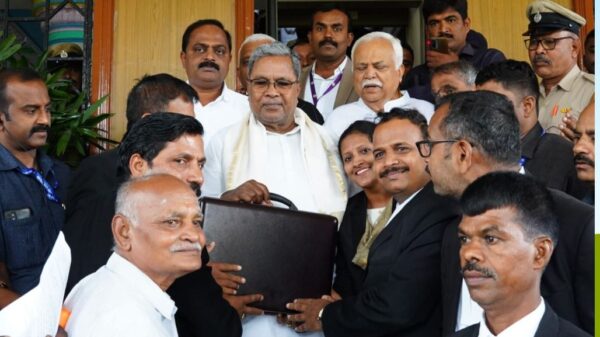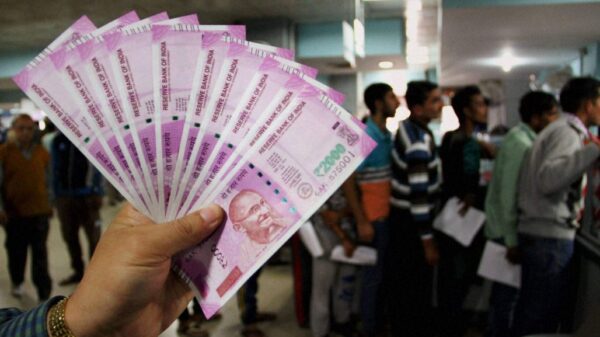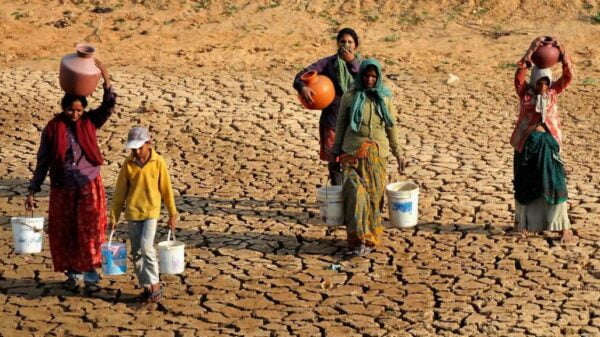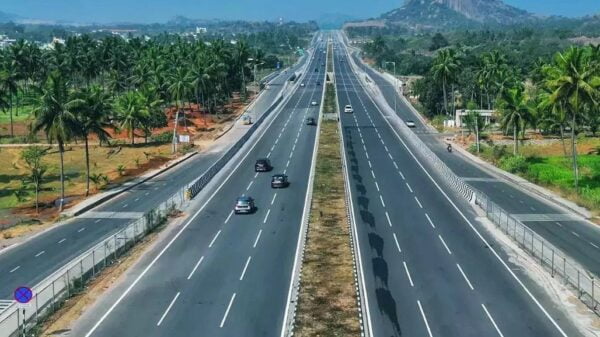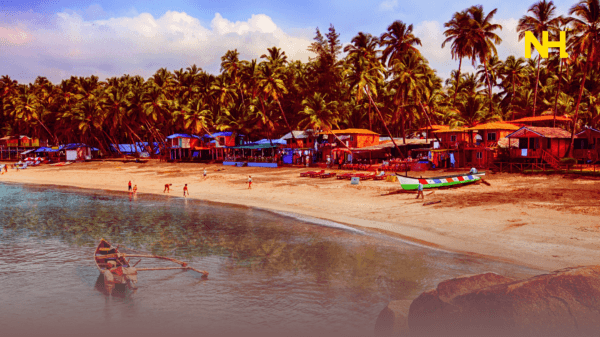We know plastic is one of mankind’s greatest inventions.
But this invention nowadays has been a bane instead of a boon.
From inception to consumption each step causes huge environmental degradation.
We all know the ill effects of plastic and its impact on our environment, more and more governments are trying to regulate some or the other form of plastics.
But one kind of plastic goes unregulated and causes havoc to the marine ecosystem more than any other kind of plastic waste, they are called Plastic Nurdles.
The fact many of you are listening about it for the first time itself shows how unknown this form of plastic is.
What are plastic nurdles? Why are they a Cause of Concern? What are the government of India’s regulations to curb this waste? Let us find out in this article.
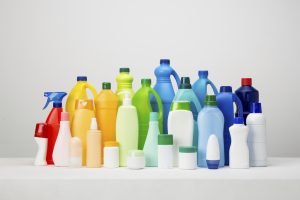
Various Uses of plastic
Credits:- Recycle Coach
What are plastic nurdles?
A nurdle is a bead of pure plastic. It is the basic building block of almost all plastic products, like some sort of synthetic ore; their creators call them “pre-production plastic pellets” or “resins.”
These pellets give rise to all the plastic equipment we use on the day to day basis, from a water bottle to a sewage pipe to a steering wheel, everything comes from these small Nurdles.
This pure plastic is extracted from crude oil and they are manufactured in trillions globally to satiate the plastic demand around the world.
Ideally, these nurdles should enter the production line, but that’s just the ideal case, reality is very different from this scenario.
Most of these nurdles around 200,000 metric tons end up in the ocean due to logistical failures, shipwrecks, or leaks.
A baseline study of microplastics in the Northeast Atlantic showed that pellets represented about 10% of the most abundant types found.
The beads are extremely light, around 20 milligrams each. That means, under current conditions, approximately 10 trillion nurdles are projected to infiltrate marine ecosystems around the world each year.
One such spill happened off the coast of Sri Lanka, where a container ship named X-Press Pearl caught fire and sank, releasing an estimated 1,680 metric tons of nurdles in an incident the United Nations called “the single largest plastic spill on record.”
The Sri Lankan Government even called it the worst marine disaster after the Indian Ocean Tsunami.
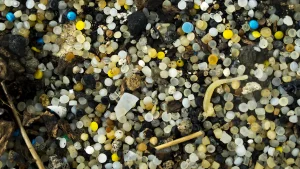
Plastic Nurdles
Credits:- Wired.com

X Pearl Container Ship on Fire off the Sri Lankan Coast.
Credits:- Splash 247.com
Why are they a Cause of Concern?
Of all the spills that happen in the ocean related to plastics, only 35 per cent of plastics sink to the bottom of the ocean.
The remaining 65 per cent just float around the oceans pushed by tide and wind.
For example, In 2017, two containers of high-density polyethene (HDPE) and low-density polyethene (LDPE) were lost overboard in the Port of Durban, South Africa. Carried by wind and currents, the estimated 50 metric tons of nurdles spread over 200 km of coastline. The clean-up took about three years.
Due to this time delay, many nurdles get into the marine ecosystem into fishes and seabirds (at least 80 species of seabirds to be specific) causing immense suffering to the creatures.
Humans are affected by this too- as Hundreds of fish species — including some eaten by humans — eat plastics, due to biomagnification these end up in our bloodstream, which is one of the major ways microplastics enter our bloodstreams.
Due to the constant weathering of the nurdles, they will break up into smaller fractions making it near impossible to track and clean them.
Plastic pellets can also leach additives, and chemicals added during production into the ocean, having adverse impacts on corals and micro marine life like photo planktons.
Finally, all these nurdles are made up of Crude oil so you are essentially spillings metric tonnes of crude oil into the ocean after every such spill, essentially wasting all the raw materials (in this case crude oil)
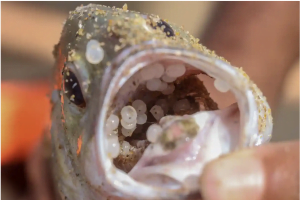
Fish Ingest these small Pellets
Credits:- Guardian
What are the government of India’s regulations to curb this waste?
In March 2022, the United Nations with the support of 173 nations adopted a resolution to create an international treaty aimed at restricting the explosive growth of plastic pollution including microplastics.
Among other objectives, the treaty is intended to promote national and international cooperative measures to reduce plastic pollution in the marine environment. The target date for completion of a draft is 2024 and the negotiations on content have yet to begin.
India is part of this treaty.
The Nairobi International Convention on removal of wrecks, 2007- which came into force in 2015 requires that sunken or stranded vessels and any object that is or has been aboard the ship to be removed if the vessel or object threatens the marine environment or damages the coastline or related interests of one or more states.
The Nairobi Convention applies to both containers and cargo that are aboard or have been aboard the ship, so includes the removal of nurdles as part of the wreck removal.
In 2010 India acceded to this convention too.
Even though India is part of all of these international conventions it, itself doesn’t have any domestic regulation to punish or clean nurdles off India’s shore.
The Plastic Waste Management Amendment Rule 2021, Even though this amendment talks about banning single-use plastic, it missed out on pushing any regulation over these plastic nurdles.
Banning one by-product created by these plastic nurdles is just not enough to dent the production of Nurdles. Such partial solutions can no longer work.
India currently needs to design strong regulations on these nurdles if it wants to prevent more of these spills in the Indian Ocean.
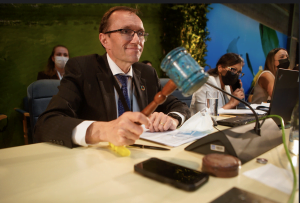
The passage of the historic resolution by 173 Countries
Credits:- United Nations

First Page of The Nairobi International Convention on the removal of wrecks, 2007
Credits:- Cambridge University Press
Credits:- Vox, Gard.com, Times of India, United Nations, The Press Information Bureau (PIB), Guardian, Manthan and European Geo Sciences Union (Volume 18 Issue 1)
Featured Image Credits:- Guardian







